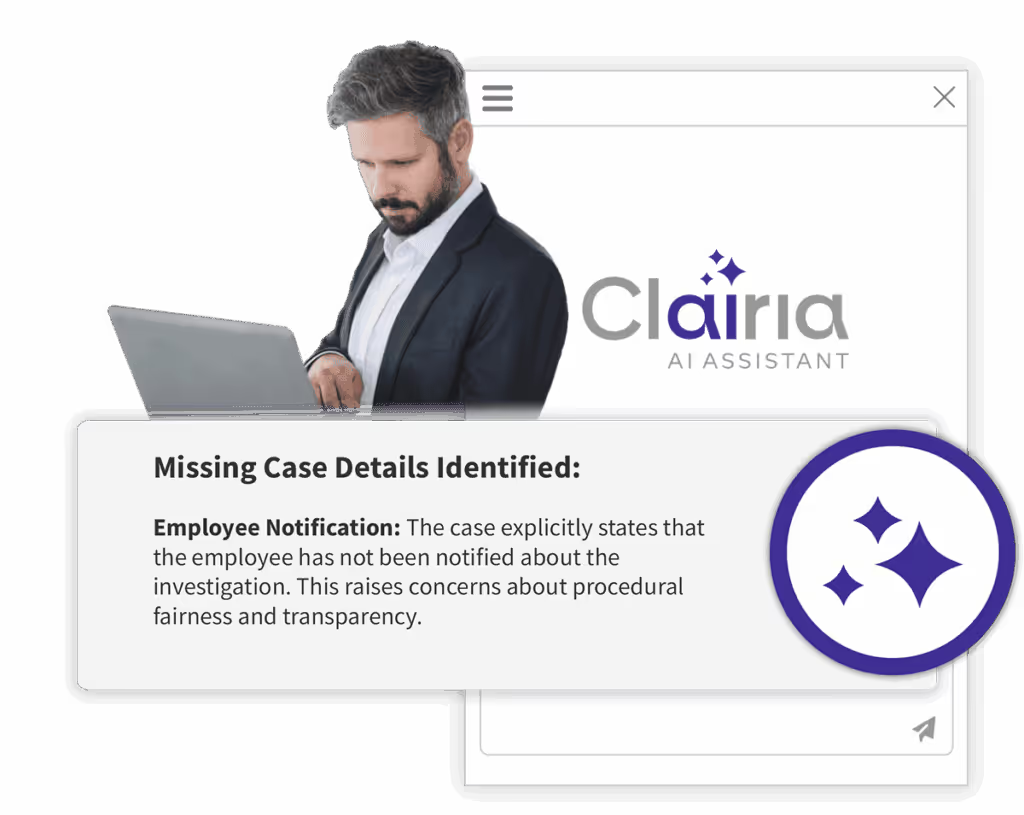The DOJ has repeatedly made it clear that companies must assess the effectiveness of their FCPA compliance programs in practice. The message is obvious: no matter how detailed your risk mitigation and anti-corruption strategies may be, it’s the outcomes of those strategies that you will be judged on.Companies are well-versed in being able to demonstrate where their program has not been effective – the existence of substantiated investigations is an obvious example.However, the goal now is to measure effectiveness, not ineffectiveness. With that in mind, how can you begin to validate the overall effectiveness of your program? The answer lies within the application of forensic data analytics.
What Is FCPA Compliance and Why It’s Critical
FCPA compliance refers to an organization’s adherence to the Foreign Corrupt Practices Act (FCPA)—a U.S. law that combats corruption and promotes transparency in international business dealings. The FCPA contains two core components: the anti-bribery provisions, which prohibit offering or giving anything of value to foreign officials to obtain or retain business, and the accounting provisions, which require accurate financial recordkeeping and robust internal controls.The law applies broadly—not just to U.S. companies, but also to foreign subsidiaries, agents, and joint venture partners that are owned or controlled by U.S. entities or listed on U.S. stock exchanges. Even third parties acting on behalf of a company, such as consultants or contractors, can create liability under the FCPA if they engage in corrupt practices.But compliance isn’t just about avoiding legal penalties—it’s about building a culture of integrity. Ethical conduct is at the heart of effective FCPA compliance. Organizations that prioritize transparency and accountability reduce their risk of enforcement and foster long-term trust with customers, investors, and regulators alike.
Key Provisions of the Foreign Corrupt Practices Act (FCPA)
The FCPA is structured around two key areas of enforcement.
1. Anti-Bribery Provision
The anti-bribery provision makes it unlawful for companies or individuals to offer, promise, or give anything of value, directly or indirectly, to a foreign government official in order to influence a decision, secure an improper advantage, or retain business. This includes not only cash payments but also gifts, travel, entertainment, and charitable donations intended to sway a decision-maker.Example: A pharmaceutical company pays for a foreign health official’s luxury vacation in exchange for fast-tracking drug approvals. Even if the payment isn’t explicitly linked to the approval, this can still violate the FCPA.Importantly, the law doesn’t require that a bribe actually be paid; even the mere offer can trigger enforcement action.
2. Books and Records + Internal Control Requirements
The accounting provisions apply to publicly traded companies and require them to:
- Maintain accurate books, records, and accounts that fairly reflect all transactions.
- Implement and maintain a system of internal controls that ensures accountability and prevents unauthorized transactions.
For example, disguising a bribe as a “consulting fee” in financial records would be a direct violation of the FCPA’s books and records requirement. Even unintentional inaccuracies can draw scrutiny from regulators like the U.S. Securities and Exchange Commission (SEC).Robust internal controls, such as approval workflows, audit trails, and due diligence processes, are essential for detecting and preventing misconduct before it becomes a legal and reputational risk.
The Elements of an Effective Compliance Program
A robust FCPA compliance program is built on several interconnected elements designed to prevent, detect, and respond to misconduct. Each component plays a critical role in reducing bribery and corruption risk:
- Clear Policies and Procedures: Codify expectations for ethical conduct, gift-giving, third-party interactions, and financial controls.
- Leadership and Governance: Strong oversight from senior leadership and compliance officers ensures accountability and sets the right tone across the organization.
- Training and Communication: Regular, role-specific training keeps employees and third parties aware of FCPA risks and how to avoid them.
- Reporting Channels: Anonymous and accessible hotlines or reporting tools empower employees to speak up about potential misconduct.
- Auditing and Monitoring: Periodic reviews of financial transactions, third-party engagements, and high-risk operations help identify red flags early.
- Enforcement and Discipline: Consistent consequences for violations, regardless of role—reinforce the importance of compliance.
- Response and Continuous Improvement: Investigating reports promptly and updating controls based on lessons learned strengthens the program over time.
Together, these elements provide a foundation for measuring the program’s effectiveness, ensuring it's more than a paper policy.
How to Measure the Elements in Your FCPA Program
To evaluate whether your compliance program is functioning as intended, organizations should apply key performance indicators (KPIs) to each element. These data points can reveal gaps, guide resource allocation, and demonstrate effectiveness to regulators.Examples include:
- Training: Track completion rates and post-training assessment scores to confirm understanding.
- Reporting: Monitor hotline usage trends (e.g., volume, anonymity rates, resolution times) to assess awareness and trust in the system.
- Audits and Controls: Measure internal control testing results, frequency of testing, and failure remediation timelines.
- Discipline and Response: Review consistency and timeliness of disciplinary actions taken for FCPA violations.
- Leadership Engagement: Track participation in compliance initiatives or executive-level communication promoting ethics.
- Third-Party Risk: Assess the number of due diligence reviews completed, flagged entities, or contracts paused for further review.
Regular analysis of these KPIs ensures your FCPA compliance program is both proactive and data-driven, not just reactive.
Paint a More Accurate Picture with Forensic Data Analytics and Risk-Scoring
The true incidence of non-compliance, and the correlated assessment of your compliance efforts, can be better gleaned by applying forensic data analytics to 100% of your T&E expenses, invoices, rebates, discounts and other transfers of value.Each transaction, such as a vendor invoice, can be subjected to dozens of statistical, behavioral and rule-based analyses to assign an automated aggregate transactional risk score. Such an approach can escalate to internal compliance, audit and investigations personnel the highest-risk outlier transactions, employees and third parties for further investigation.Aggregating the analyses to one composite score per transaction is critical, as escalating transactions that matched for a single analysis (e.g., a round dollar payment), can often produce an immense number of false positives, overwhelm reviewers with tedious follow-up, and take the legs out from under a nascent analytics and monitoring program. And tailoring a standard library of analyses to your company’s unique risks and historical issues is essential to making such efforts effective.










